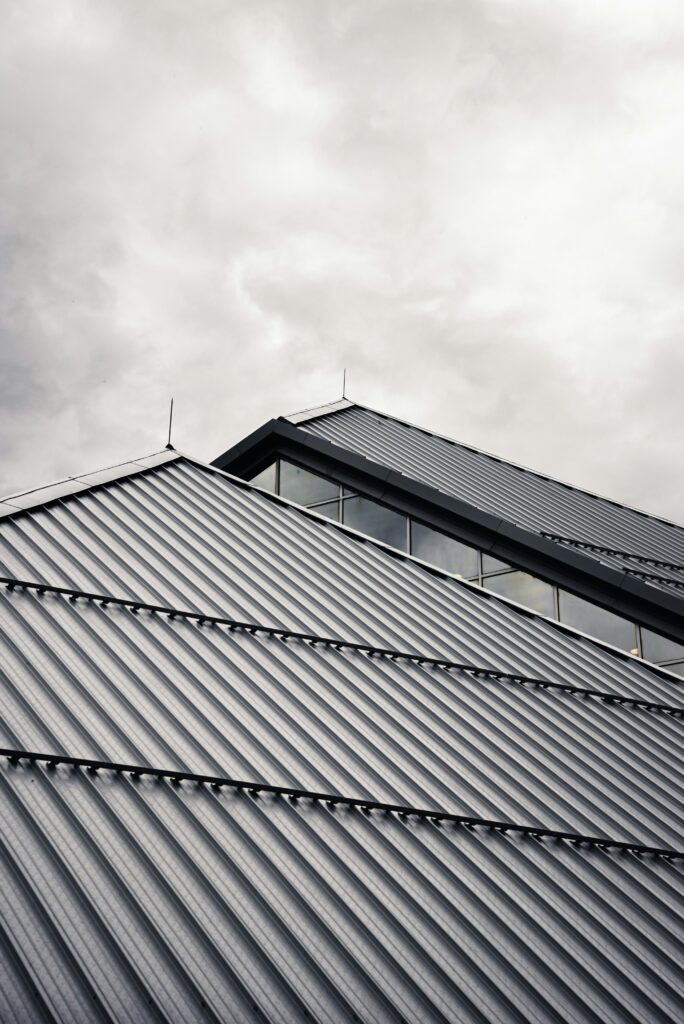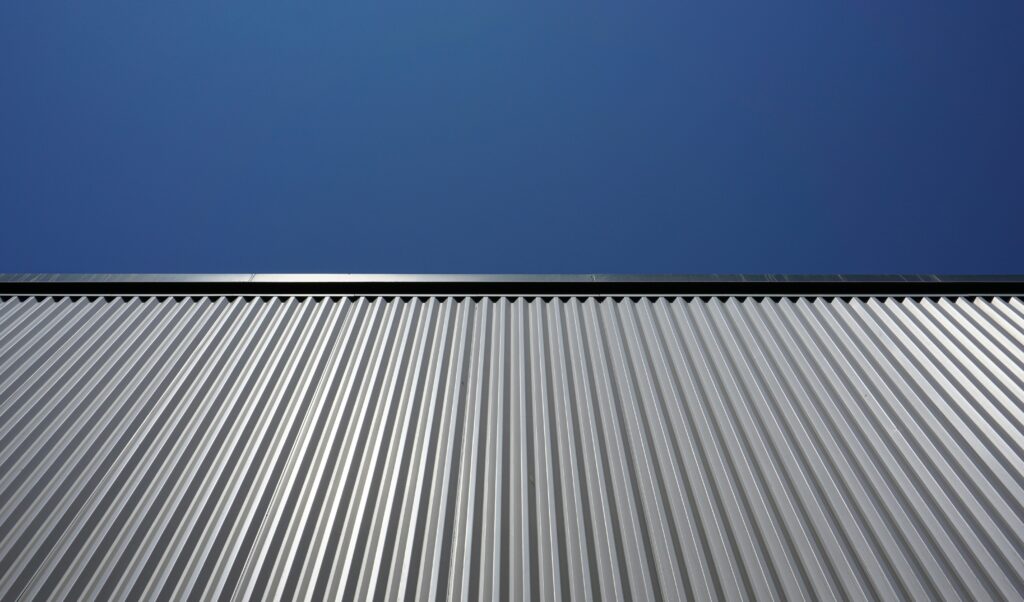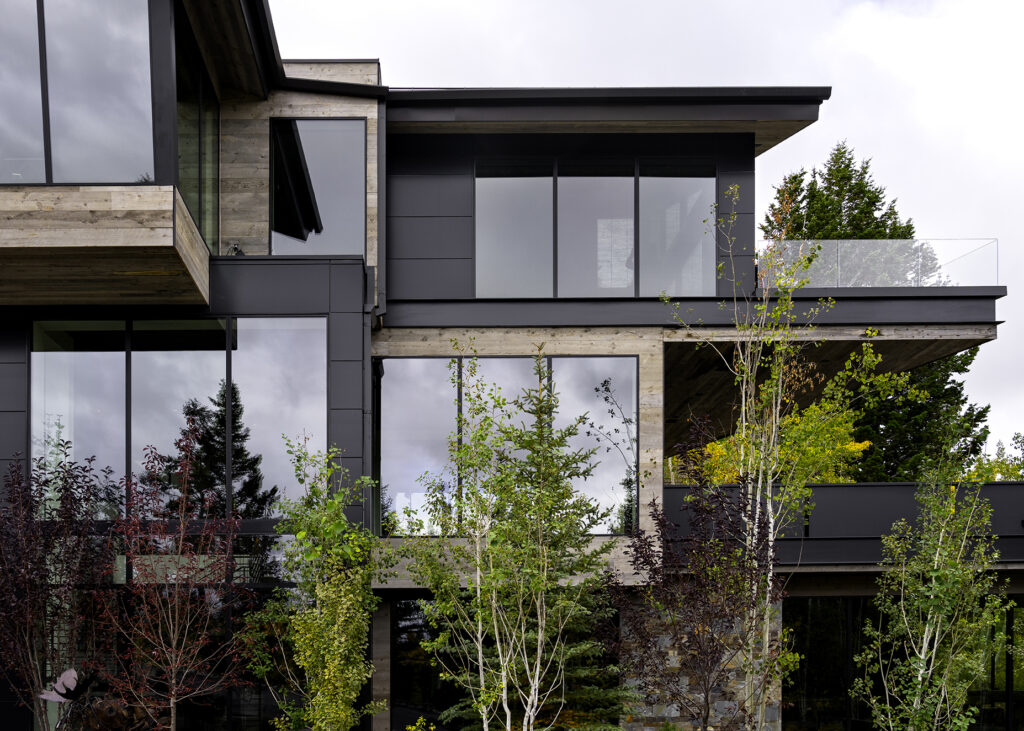What is 16-gauge metal? When roofing contractors, builders, and project managers come together to design a long-lasting roof, one of the most critical decisions involves choosing the right metal gauge. Metal roofing materials come in a wide range of thicknesses, known as “gauges,” and understanding how each one performs can directly impact the durability, cost, and structural performance of the finished roof.
Higher gauge = thinner metal. Lower gauge = thicker metal.
What is 16-gauge metal?

If you’re wondering what 16-gauge metal is, it typically measures between 0.0598 and 0.0625 inches in thickness. The gauge system for metal sheets can be confusing because the lower the gauge number, the thicker the metal. On this scale, metal thickness ranges from about 7 gauge, which is very thick, down to 30 gauge, which is very thin. At 16 gauge, the metal is considered relatively thick and durable, making it a popular choice for heavy-duty applications, especially in roofing.
This thickness offers excellent strength and resistance to bending, denting, and warping, which is essential for roofs exposed to harsh weather conditions like heavy rain, snow, or high winds. Additionally, 16-gauge metal provides a solid foundation for attaching other roofing components, ensuring long-lasting performance and protection for residential and commercial buildings alike.
It’s a go-to choice for roofs that must withstand:
- Heavy snow loads
- High winds
- Impact from debris
- Long-term weather exposure
Top Reasons to Use 16-Gauge Metal for Roofing

You Need Structural Strength in High-Stress Areas
For roof areas subject to heavy rain, snow, or mechanical loads (like HVAC units or walkable surfaces), understanding what is 16-gauge metal is important, as it offers the necessary thickness and durability to perform without bending or warping.
If your project demands a robust, load-bearing solution, 16-gauge is a safe, long-term investment.
You Want Weather Resistance with a Unique Look
Thicker metal withstands hail, rain, and rust better than thinner metals. If you’re aiming for a rustic or industrial look, hot-rolled 16-gauge steel can naturally weather over time and develop a beautiful patina, ideal for modern architectural roofing styles.
You Need Formability Without Losing Strength
Despite its strength, 16-gauge metal is still malleable enough to shape and bend into standing seam panels, custom fascia, or even curved roofing elements. It allows for aesthetic flexibility without compromising performance.
You’re Balancing Cost with Long-Term Value
While thicker metals tend to be more expensive, 16-gauge sits in a sweet spot, more affordable than ultra-thick options like 10-gauge but strong enough for demanding applications. It offers great ROI, especially for commercial roofs or high-end residential homes where performance matters.
What are common projects for 16-Gauge Metal Sheets?

| Application | Why 16-Gauge Works Well |
| Standing Seam Metal Roofs | Provides rigidity and wind resistance across large roof panels |
| Flat or Low-Slope Roofs | Handles ponding water and foot traffic without deformation |
| Architectural Accent Roofs | Malleable enough to create artistic or contemporary metal roof features |
| Industrial Roofs & Warehouses | Built to last under mechanical stress and harsh weather conditions |
| Roof-to-Facade Transitions | Allows smooth, seamless integration between roof and wall cladding |
The Smart Middle Ground for Metal Roofing
16-gauge metal roofing strikes a fine balance between thickness, durability, affordability, and design flexibility. It’s thick enough to last decades, strong enough for demanding environments, and affordable enough to stay on budget.
Whether you’re roofing a residential build, upgrading a commercial structure, or fabricating custom architectural roofing elements, 16-gauge metal should be on your radar.


